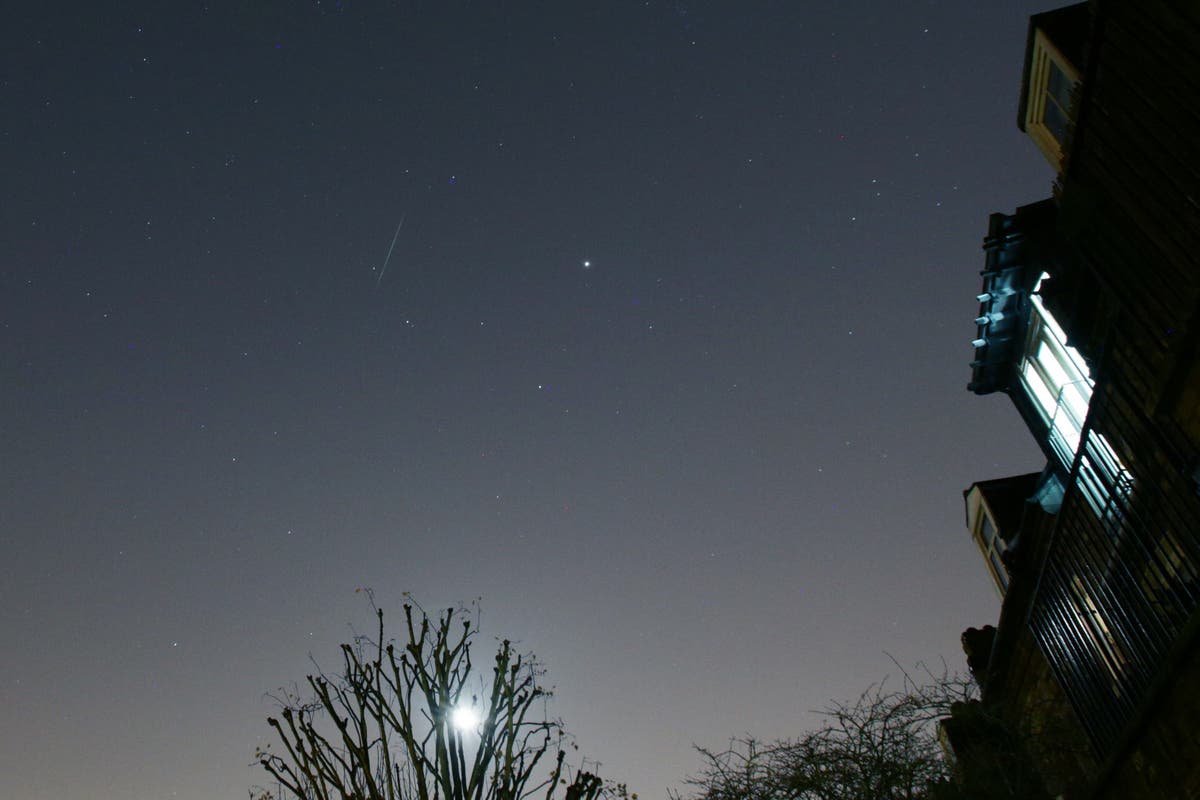800 abandoned mines dot Brazil’s landscape, posing environmental and safety risks. Yet, two former quarries stand out as beacons of hope, showing how industrial wastelands can transform into thriving public spaces.
In Belo Horizonte, Mangabeiras Park spans 2.4 million square meters where iron ore was once extracted. Today, marmosets and coatis roam freely among native trees. This lush oasis, designed by renowned landscaper Roberto Burle Marx, opened in 1982.
An old crusher stands as the sole reminder of the park’s industrial past. Mangabeiras exemplifies how drastically altered landscapes can be rehabilitated into vibrant ecosystems.
1,000 kilometers away in Curitiba, Pedreiras Park tells a similar story of renewal. This former quarry now hosts Latin America’s largest open-air auditorium and the Wire Opera House, a major cultural center.
In addition, a towering stone wall hints at the site’s history as a three-decade-long source of construction materials. Today, it serves as a backdrop for artistic performances.
 From Scars to Stars: Brazil’s Mining Sites Reborn. (Photo Internet reproduction)
From Scars to Stars: Brazil’s Mining Sites Reborn. (Photo Internet reproduction)These success stories contrast sharply with Brazil‘s 800 derelict mines. However, these sites threaten public health and the environment, risking water contamination and soil degradation.
Recent legislation mandates mine closure plans, but enforcement remains weak. Experts advocate for financial guarantees from mining companies to ensure proper site rehabilitation.
The National Mining Agency struggles with limited resources, hampering effective oversight. Meanwhile, countries like the U.S., Australia, and Canada lead in mine closure practices.
The transformation of Mangabeiras and Pedreiras parks demonstrates the potential for positive change. It shows how thoughtful planning can turn environmental liabilities into community assets.

 By The Rio Times | Created at 2024-12-18 09:57:53 | Updated at 2024-12-18 16:38:49
6 hours ago
By The Rio Times | Created at 2024-12-18 09:57:53 | Updated at 2024-12-18 16:38:49
6 hours ago








